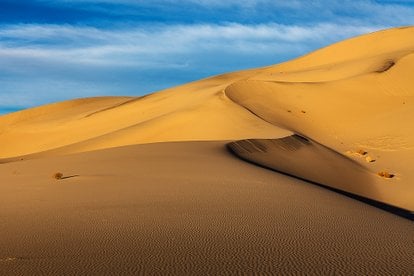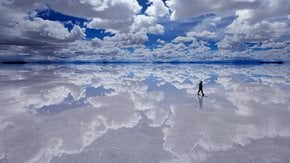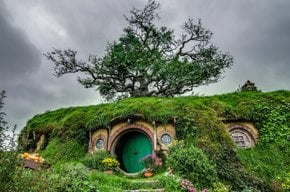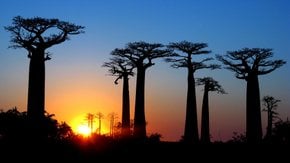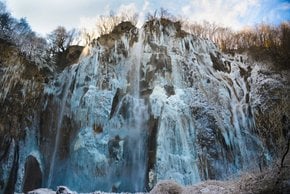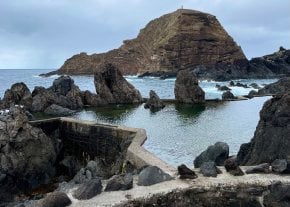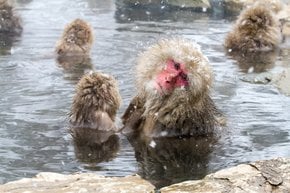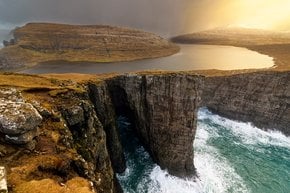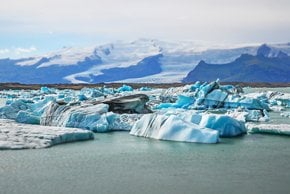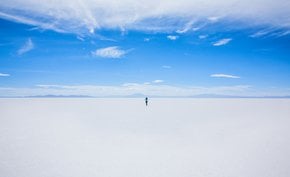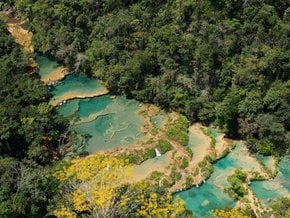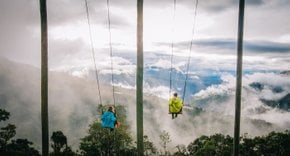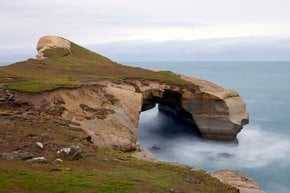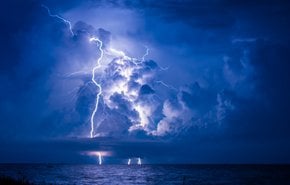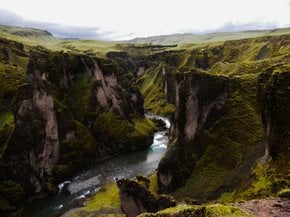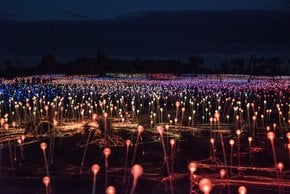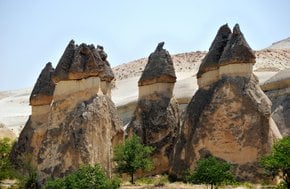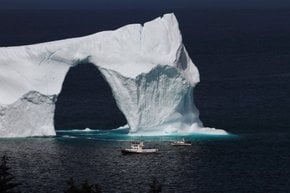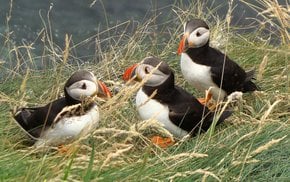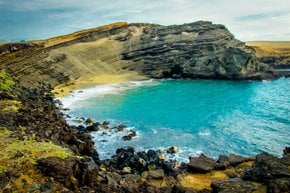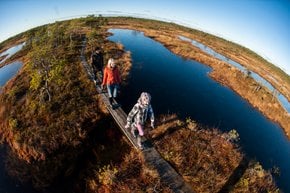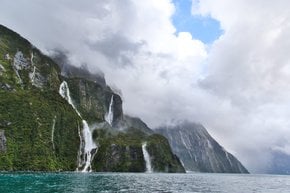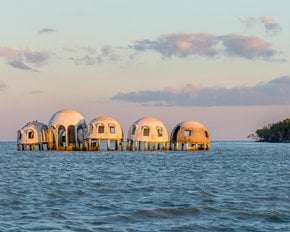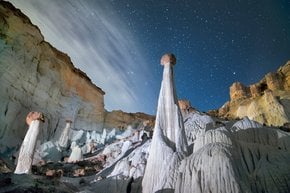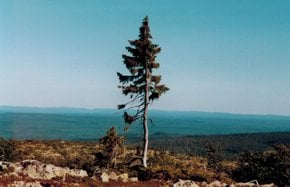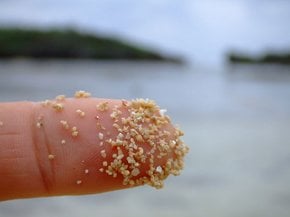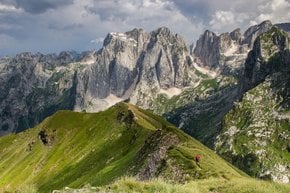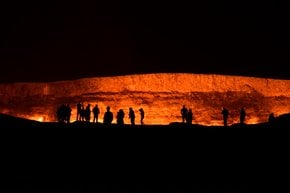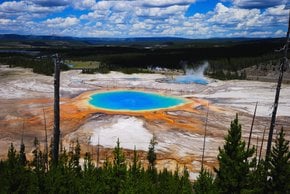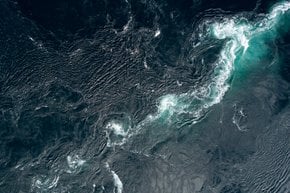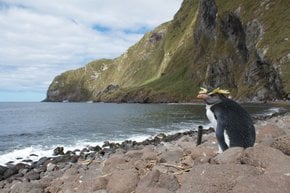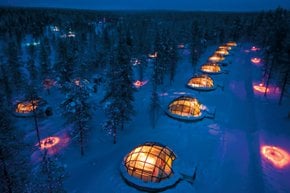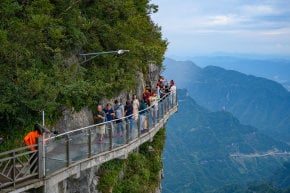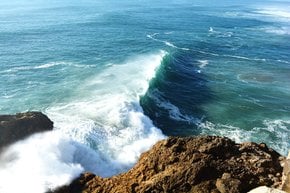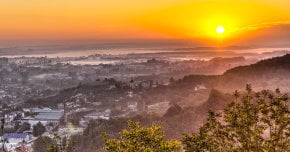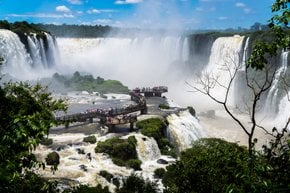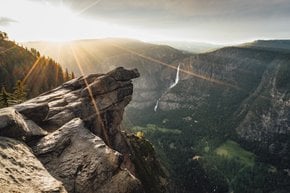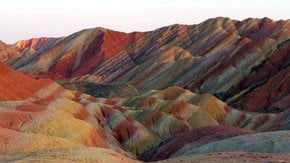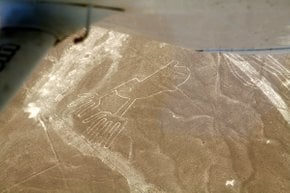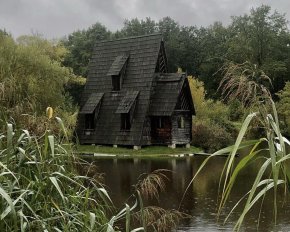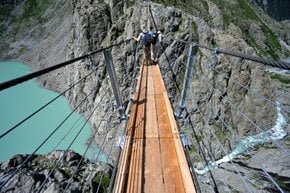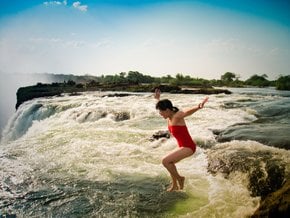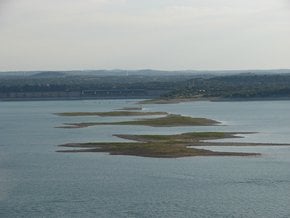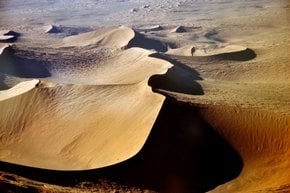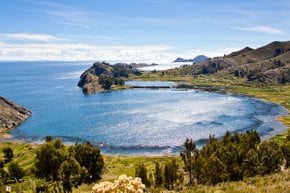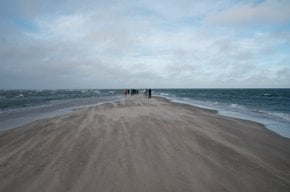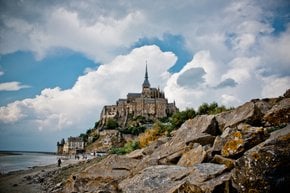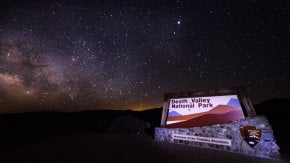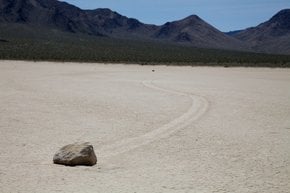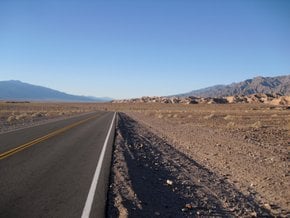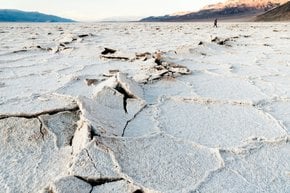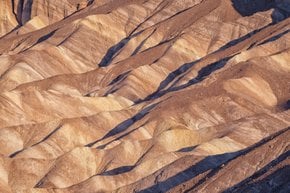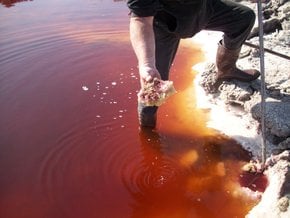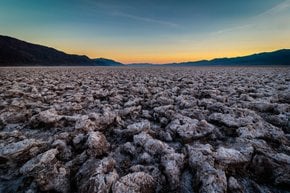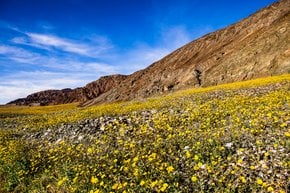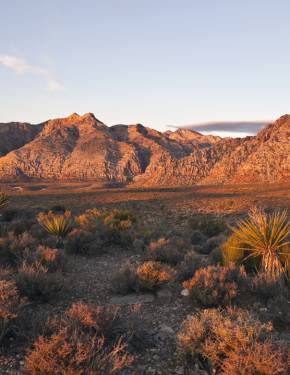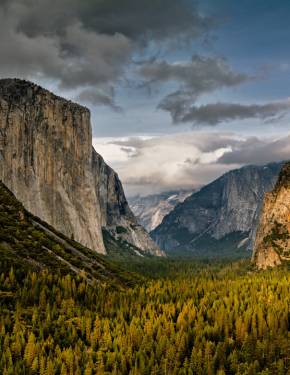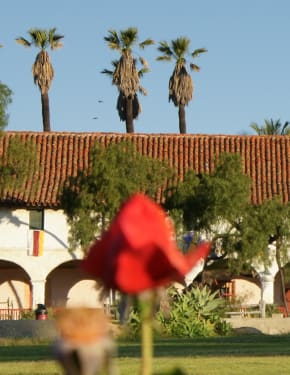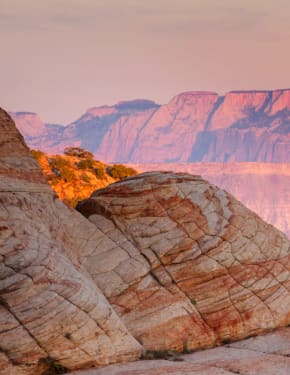Eureka Dunes in Death Valley 2026
You'd never think sand dunes can have so many unique secrets kept inside
Best time: March–May | September–November
The Eureka Dunes, located in the remote Eureka Valley of Death Valley National Park, are among the tallest dunes in North America, reaching up to 200 meters (656 feet) and spanning an area of approximately 8 square kilometers (3 square miles). Despite covering only 3 miles (4.8 km) in length and 1 mile (1.6 km) in width, they stand out as the tallest dunes in California and potentially the tallest on the continent. Renowned for their striking landscapes and unique formations, the Eureka Dunes offer a dramatic and memorable destination for visitors.
Best Season
The ideal time to visit is between March and May or September and November when temperatures are moderate and visitors can experience these unique phenomena. During March, the dunes bloom, showcasing vibrant desert flora, and in the spring and fall, the singing sands—a rare natural occurrence—can be heard. Winter months may bring road closures due to weather conditions, and summer temperatures are often too extreme, making camping and outdoor activities challenging. Careful planning ensures the best experience when visiting this remarkable natural wonder.
Getting There & Around
The Eureka Dunes are accessible primarily by off-road vehicles, located about 60 miles (97 km) from Big Pine in the remote Eureka Valley of Death Valley National Park. Visitors traveling from the Ubehebe Crater Road will need to navigate 44 miles (71 km) of graded dirt roads, while those coming from Big Pine will encounter 28 miles (45 km) of paved roads followed by 21 miles (34 km) of dirt roads. The final stretch includes the narrow South Eureka Road, which can become impassable during inclement weather. No water or services are available along the route, making careful trip planning essential.
A $30 per-vehicle entrance fee is required to access Death Valley National Park. While sand boarding is prohibited on the dunes, the climb to their summit is a rewarding challenge. Accessible only on foot, the steep slopes offer a breathtaking view of the surrounding desert landscape for those who make the ascent.
Singing Sand
The Eureka Dunes offer visitors a chance to experience the rare and fascinating phenomenon of "singing sands," which occurs on sunny days when the sand is dry and undisturbed by wind. As grains of sand slide down the steepest dune face, they create a deep, resonant sound, often compared to the bass note of a pipe organ. This natural acoustic event is both eerie and captivating.
The dunes are also home to three plant species found nowhere else in the world—Eureka Dunegrass, Eureka Dune Evening Primrose, and Shining Milkvetch—as well as five species of endemic beetles. These unique organisms thrive thanks to the dunes' ability to retain moisture, capturing precipitation like a sponge and supporting life in the arid environment.

